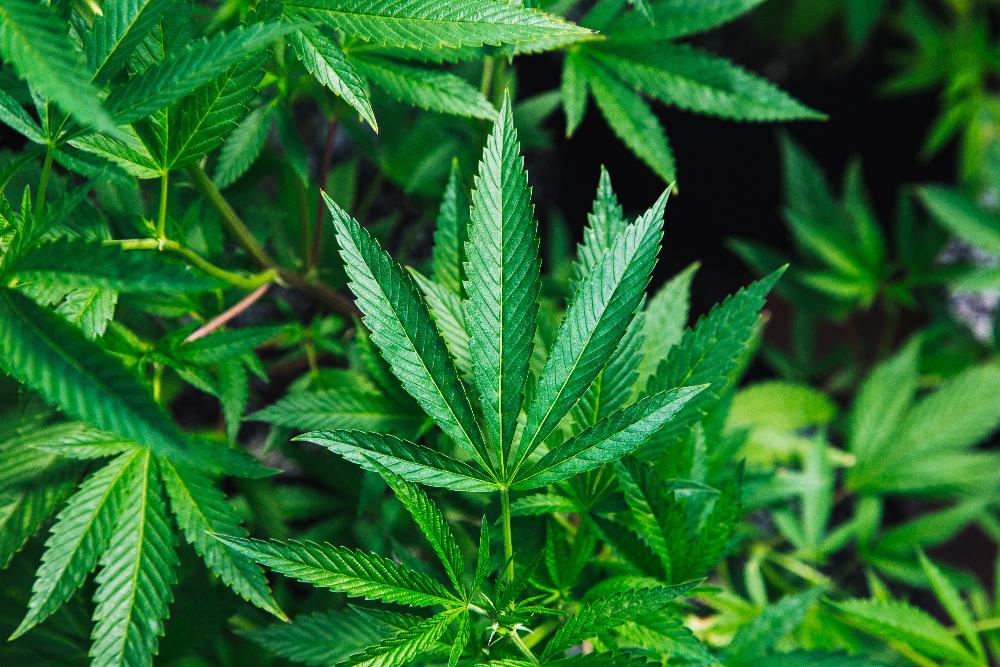
Cannabis in the Now
Cannabis is illegal under federal law. However, around 250 dispensaries operate legally in the United States.
Under federal law, patients must be at least 21 years old to obtain a license to receive medical marijuana. Licensed physicians can prescribe certain forms of marijuana, including medical cannabis, to patients suffering from a variety of medical conditions including, but not limited to, pain, chronic pain, nausea and appetite stimulation.
Because of the federal prohibition on marijuana, medical marijuana can be expensive and has been so since the Drug Enforcement Agency (DEA) classified it as a Schedule I.
Cannabis is nearly 10 times more potent than the old school marijuana of the 70's , especially during the initial stage of smoking and hence, intoxication can be higher in such plants. However, the differences between marijuana and hash oil is significant, it is more potent, more easily absorbed and produces a quicker onset of intoxication. Although THC content ranges from 15% to 35% in hash oil, some strains are higher at around 45%, the standard medical dosage being around 15-20mg per kilogram of body weight, the maximum marijuana dose being about 3.8g per day.
Cannabis the most popular current drug for specialized use. The legal status of cannabis varies from country to country. However, the EU Union has recently introduced a directive aimed at reducing the risk of drug-related harm. The Directive establishes minimum standards on the trafficking and manufacture of controlled drugs and allows Member States to issue warnings or fine individuals found to be in possession of cannabis. In Spain, cannabis has been legal since January 1, 2010, and the legalization of medical cannabis is due to take effect in December 2014. In the Republic of Moldova, cannabis has been legal.
Cannabis, a drug without a known use, but over the last several years there has been a surge of research into the non-medical use of marijuana and much of it is being performed by the private sector, in research journals and even at universities. One of the most recent large studies, published by the US government, reported that, in states that have legalized cannabis for medical purposes, the number of non-medical marijuana users has increased by 14 percent, and the percentage of non-medical users in other states has been increasing as well.
The plant which contains most of the proteins that are useful in making cancer cells," Dr. Allison states, referring to the cannabinoid receptors present in the cannabis plant. "The common name cannabis is simply not adequate to describe the medicinal properties of this plant."
In the research, Dr. Allison and her colleagues measured levels of both CB1 and CB2 receptors and found that both CB1 receptors and CB2 receptors were present in cancer cells.
The researchers believe that the role of cannabinoids in cancer is similar to the role they play in the body. "
